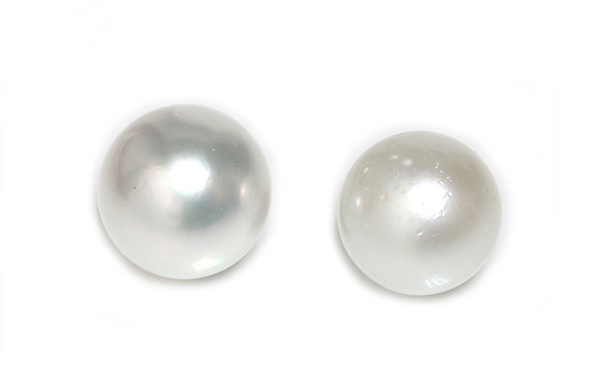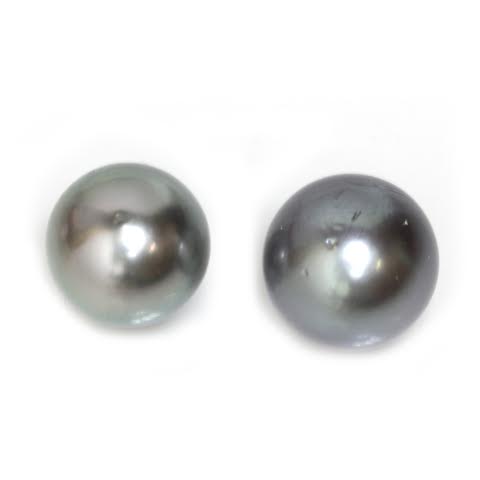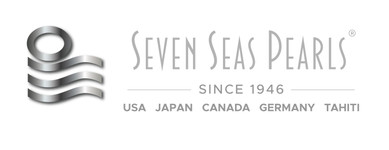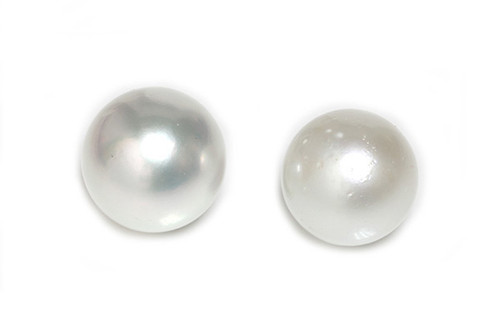Why is surface clarity so important for pearls?
23rd Apr 2021
When considering a piece of jewelry (pearl, gemstone or diamond) the term “clarity” comes up rather frequently. In past blogs we have explored how pearls are graded and how Seven Seas Pearls grades pearls in contrast to the pearl industry. Surface clarity is a term that is used frequently to describe the overall quality of a pearl – here in this blog we are going to explore in depth why the surface clarity of a pearl is such an important factor to consider when making a pearl jewelry purchase.
The obvious first question is “what is surface clarity” – surface clarity, much like its name implies is how smooth or without flaws the surface of a pearl is. Since pearls are formed by the insertion of a nucleus, the nacre develops around it and results in layers being built around the nucleus. Since the process of nacre layers developing is a naturally occurring process (without human intervention) there is no way to guarantee the quality of the surface clarity. The surface of a pearl can be incredibly smooth – without indentations or flaws or it can be incredibly flawed and have many dents. As we mentioned in a previous blog, like when buying a diamond, it is important to have a balance of all the aspects of how a pearl is graded. If you have a pearl with excellent luster – but poor surface clarity, the pearl will have a dingy appearance. The same would be true with a pearl that had excellent clarity, but poor luster. This is one of the reasons why Seven Seas Pearls grade pearls on each individual aspect and then those ratings are averaged out for an overall grade.
As you are probably very familiar with by now, pearls are graded universally on the AAA grading system. Seven Seas Pearls has added an extra category that describes pearls that have perfect clarity. For perfect surface clarity, this term is AAA Flawless.
Here is an excellent example of how important surface clarity is. Here are two pearls that have the same rating of luster – but as you can see, one has very poor surface clarity (rated A+) and the other has very good surface clarity (AAA Flawless).

As always, extreme differences are easy to see and take notice of. Here is an example of two pearls that are a little closer on the rating scale – even still, it is easy to see the difference in surface clarity and ultimately why they are graded differently. The pearl on the left has a surface clarity rating of AAA and the one on the right has a rating of AA – can you see the difference?

As you can see, pearls with a higher quality surface clarity allow the pearl’s luster to really glow and reflect the light. As a result, pearls with a high surface quality are more valuable and desirable than pearls with a lower grade.
The next aspect of pearls that we are going to explore is nacre and why it is so important. Check back soon for our next blog.

